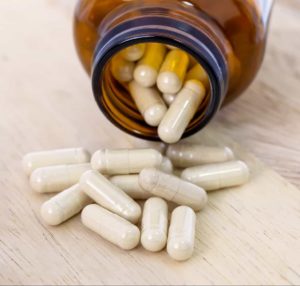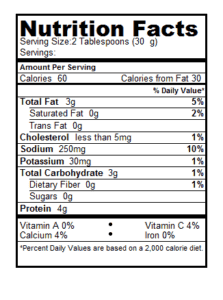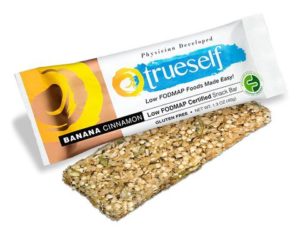By the time we’re in our 30s, most of us have already reached our peak in terms of lean muscle mass. From that point on, most of us are gradually losing muscle. It’s not obvious at first, but by the time you’re in your 60s or 70s, the difference in body composition is really dramatic. At that age, you usually see a lot less firm muscle tone and a lot more soft flesh and loose skin.
But age-related muscle loss isn’t just a cosmetic issue. So much of the loss of function and vitality that commonly accompanies aging actually begins with this gradual loss of muscle tissue starting in mid-life. As we lose muscle, we lose strength and stamina and this means we can’t do as much as we used to. We aren’t as strong and we tire more easily.
As you lose muscle, you also tend to lose bone tissue. Thinning bones eventually lead to the frailty, falls, and fractures that we typically associate with people in their 80s—but the seeds for this are sown way back in middle life when we start losing muscle mass.
This article is also available as a podcast. Click to listen
OK enough with the bad news. How about some good news? If you can hang on to more muscle as you age, you can turn this entire ship around and age more successfully. And I have some strategies that can help you do just that.
How to Slow Age-Related Muscle Loss
I recently got an email from David, who wrote: “I’m a 54-year-old man with an excellent diet, plenty of exercise, and no medical issues. Like many men my age, I’m experiencing gradual muscle loss. I supplement with protein powder, and I’m wondering what other things I might take that might help with muscle loss, or any other tips you might have.”
Of course, there are no shortage of supplements that claim to help you build muscle. But these supplements have a dubious record of safety and efficacy. So, David, before you start taking any other supplements, let’s be sure that you’re getting the maximum benefit out of the nutrients that you’re already taking in—including your protein powder.
Timing Your Protein Intake
As you may have suspected, dietary protein is key to building and maintaining muscle mass. But it’s not necessarily a matter of taking in more protein. The typical 50-year-old guy gets about 90 grams of protein, which enough to maximize muscle protein synthesis. However, he may be eating the lion’s share of that protein at dinner time. In the US, we get about 42% of our daily protein at dinner and only 16% at breakfast.
In terms of maximizing muscle synthesis, this is a missed opportunity.
Research shows that for guys in their twenties, muscle synthesis peaks at an intake of about 20 grams of protein. As we get older it takes a little more protein to hit that peak—about 30 grams at a single meal. That’s about what you’d get from four ounces of cooked chicken, lean beef, pork, or about six ounces of tofu. Protein intakes above that amount don’t really provide any extra muscle-building benefit.
Now, consider our typical eating patterns: If we’re only eating 10 or 15 grams of protein at breakfast, we’re not consuming enough maximize muscle protein synthesis. Meanwhile, if we’re eating 50 grams of protein at dinner time, some of that protein is being wasted in terms of its muscle-building benefits.
You can build and maintain more muscle by dividing up your protein intake more evenly over the day.
So, even without increasing your total protein intake at all, you can build and maintain more muscle by dividing up your protein intake more evenly over the day. Instead of hitting that muscle-building peak dose of protein only once a day, you could be reaching it three times a day. In terms of hanging on to muscle mass as we age, this could make a big difference.
How to Increase Protein at Breakfast
Protein powder can be an easy way to increase the protein content of breakfast without adding an excessive number of calories or having to eat a huge meal. For example, you can add a scoop of whey protein to a smoothie, stir it into your oatmeal or yogurt, or even blend it into your peanut or almond butter and spread it on toast. If you’re a breakfast baker, you can replace 1/3 of the flour in your muffin or pancake recipe with whey protein powder. Any one of these strategies can boost the protein in your breakfast from the typical 10-15 grams to the optimal 30 grams.
Try to include a similar amount of protein at lunch and dinner, too. (You can look up the amount of protein in common foods using a diet tracker like My Fitness Pal) or on my Protein Cheat Sheet.
Originally published at QuickandDirtytips.com






